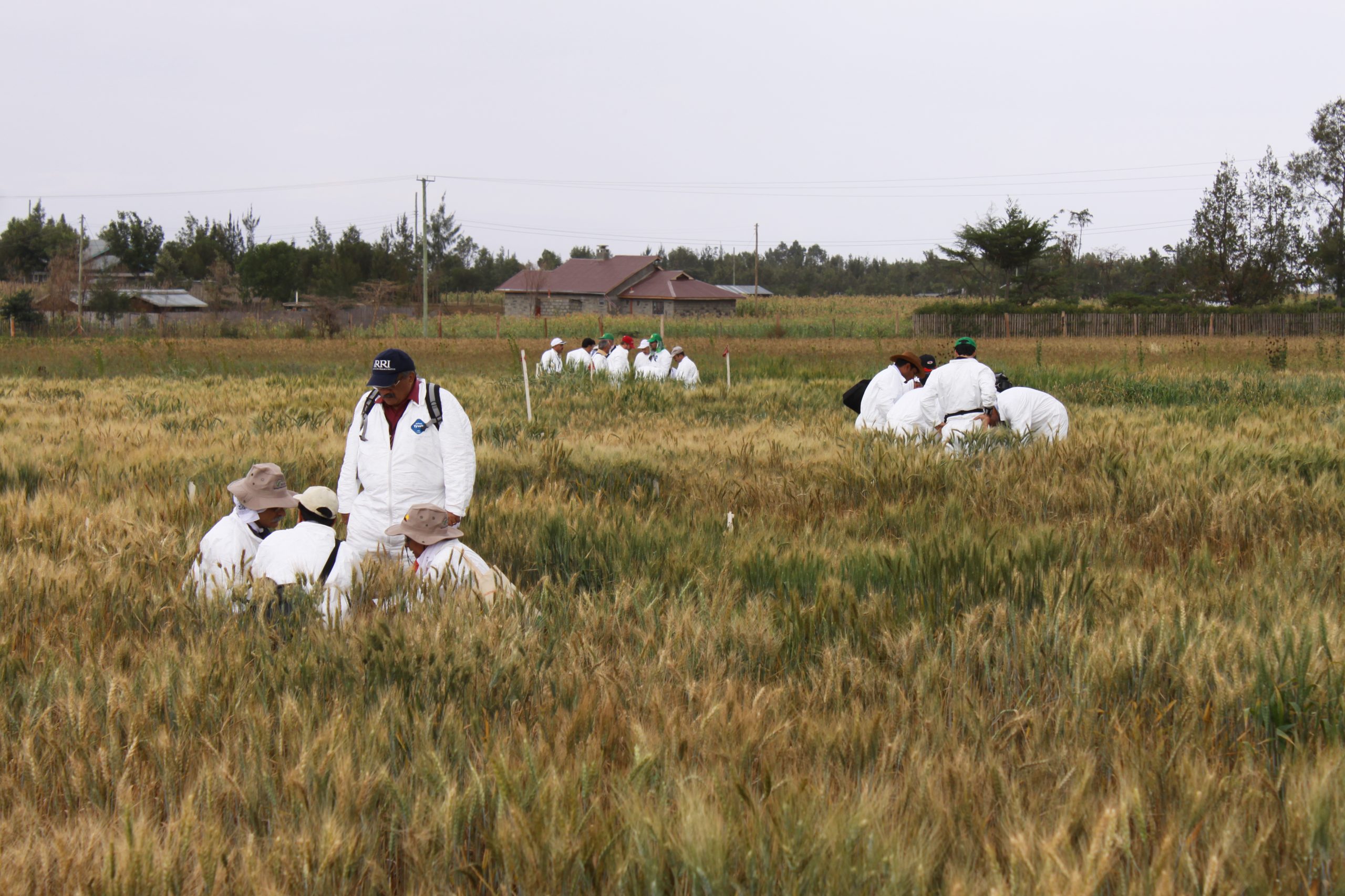Blogs
Feature: Reciprocal cooperation between China, int’l agricultural research agency safeguards food security
 Nutrition, health and food security
Nutrition, health and food security
Source: Xinhua News (23 Nov 2022)
Four decades of partnership between China and CIMMYT is supporting global efforts to achieve food security.
Shared priorities and plans for partnership
 Capacity development
Capacity development
Director General’s visit to Ethiopia consolidates existing partnerships and finds new opportunities for collaboration.
Analyzing 25 years of maize supply and demand in the Global South
 Nutrition, health and food security
Nutrition, health and food security
After first being cultivated more than 9,000 years ago, research shows that maize not only plays an essential role in global agrifood systems today but has a strongly increasing demand.
Sustainability, quality concerns take center stage at Cereals & Grains 22
 Climate adaptation and mitigation
Climate adaptation and mitigation
Source: Baking Business (16 Nov 2022)
At Cereals & Grains 22, Bram Govaerts, Director General of CIMMYT, explains the activity needed to adapt agriculture to the impact of climate change.
Govaerts delivers keynote speech to Cereals and Grains 22
 Climate adaptation and mitigation
Climate adaptation and mitigation
Exploring research-based solutions for the effects of climate change and food system shocks on smallholder farmers and global agrifood systems.
Agriculture for Peace platform launches at Borlaug Dialogue
 Nutrition, health and food security
Nutrition, health and food security
Seven founding partners introduced Ag4Peace, a new initiative that aims to build resilient food systems and improve livelihoods and diets in low- and middle-income countries.
Research shows impact of root and crown rot in wheat
 Environmental health and biodiversity
Environmental health and biodiversity
A unique study by CIMMYT scientists in Türkiye in collaboration with scientists from the Bolu Abant Izzet Baysal University, Türkiye demonstrate the prevalence of fungi species in wheat production areas in Kazakhstan, which could be affecting wheat yield and quality.
Opening the door to commercial fodder production
 Climate adaptation and mitigation
Climate adaptation and mitigation
CIMMYT is partnering with GIZ in Zambia to clear hurdles for smallholder farmers to produce fodder at a commercial level.
Two-wheel tractors transform smallholder farming communities in Masvingo
 Poverty reduction, livelihoods and jobs
Poverty reduction, livelihoods and jobs
Financially-accessible mechanization options are reducing labor and providing further job opportunities for smallholders in Zimbabwe.
New WIRES initiatives to advance women’s careers in science and research
 Gender equality, youth and social inclusion
Gender equality, youth and social inclusion
The CGIAR Women in Research and Science (WIRES) employee-led resource group recently had a virtual engagement to discuss the progress and new happenings in the group.
The democratization of innovation
 Innovations
Innovations
The Scaling Scan is facilitating access to sustainability and growth around the world and across diverse industries.
Kenya: Scientists team up to control fall army worms
 Environmental health and biodiversity
Environmental health and biodiversity
Source: Agro News (9 Nov 2022)
Scientists are working to contain the spread of fall armyworm in Kenya with naturally resistant varieties and eco-friendly solutions.
Plant health data is critical for effective policy change
 Environmental health and biodiversity
Environmental health and biodiversity
Experts gathered at the FAO Science and Innovation Forum to drive forward research partnerships to curb crop loss due to pests and diseases through efficient global sharing of data.
Is food security possible without peace?
 Nutrition, health and food security
Nutrition, health and food security
For the International Week of Science and Peace, Govaerts and Burke analyze whether it is possible to achieve food security without peace, and how the two are interlinked.
‘Perennial’ rice saves time and money, but comes with risks
 Nutrition, health and food security
Nutrition, health and food security
Source: Science (7 Nov 2022)
Research on rice crops that do not need replanting in China is showing promising results for yield, finances and labor, and the environment.














